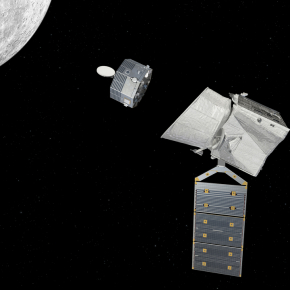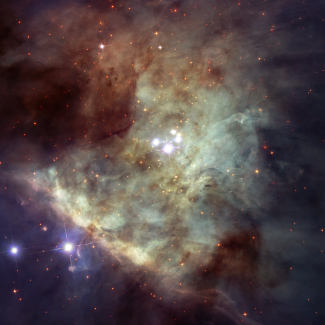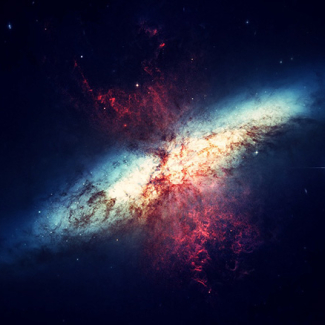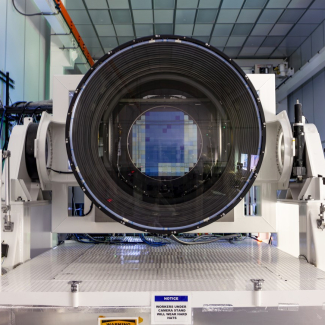
BepiColombo: Europe and Japan embark on the conquest of Mercury
The planet Mercury has been relatively little studied until present. The space agencies of Europe, the ESA, and Japan, JAXA, have worked together to meet this challenge by establishing the BepiColombo international space mission. During the night of October 19-20, the two satellites that comprise the mission will be launched from Kourou by an Ariane 5 rocket. After a seven-year voyage they will separate to enter into orbit around Mercury: the European satellite MPO will primarily be in charge of fully mapping the planet and studying its surface, internal structure, and exosphere, while the Japanese satellite MMO (renamed Mio) will focus on the planet’s magnetized environment. In all eight BepiColombo instruments were conceived thanks to contributions from eight CNRS laboratories:
- L’Institut de recherche en astrophysique et planétologie (CNRS/CNES/Université Toulouse III-Paul Sabatier);
- Laboratoire d'études spatiales et d'instrumentation en astrophysique (Observatoire de Paris–PSL/CNRS/Université Paris Diderot/Sorbonne Université);
- Laboratoire de physique des plasmas (Observatoire de Paris–PSL/CNRS/Ecole polytechnique/Université Paris-Sud/Sorbonne Université);
- L’Institut de physique du globe de Paris (CNRS/IPGP/Université Paris-Diderot);
- Laboratoire d'astrophysique de Marseille (CNRS/Université Aix-Marseille/CNES);
- L’Institut d'astrophysique spatiale (CNRS/Université Paris-Sud);
- Laboratoire de physique et chimie de l'environnement et de l'espace – LPC2E (CNRS/CNES/Université d'Orléans);
- Laboratoire atmosphères, milieux, observations spatiales – Latmos (CNRS/UVSQ/Sorbonne université);
Read CNRS News article on the BepiColombo mission.
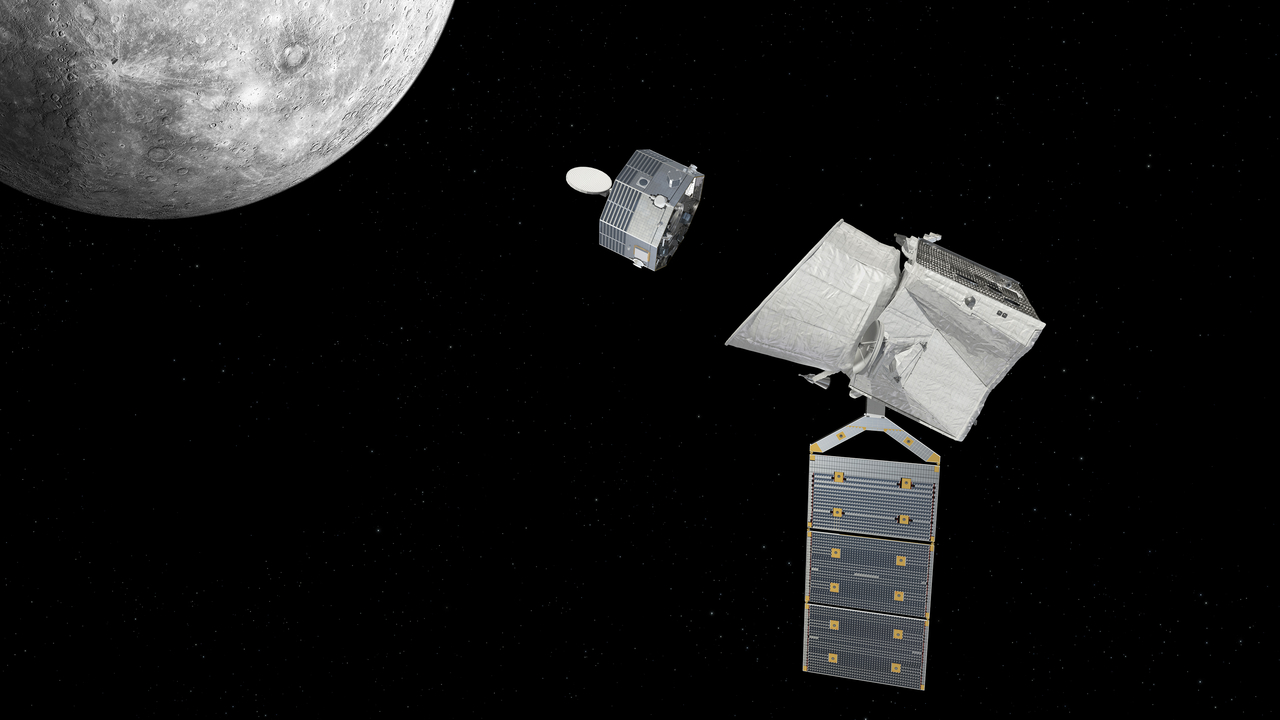
satellites : © ESA/ATG medialab ; Mercury : © NASA/Johns Hopkins University Applied Physics Laboratory/Carnegie Institution of Washington
